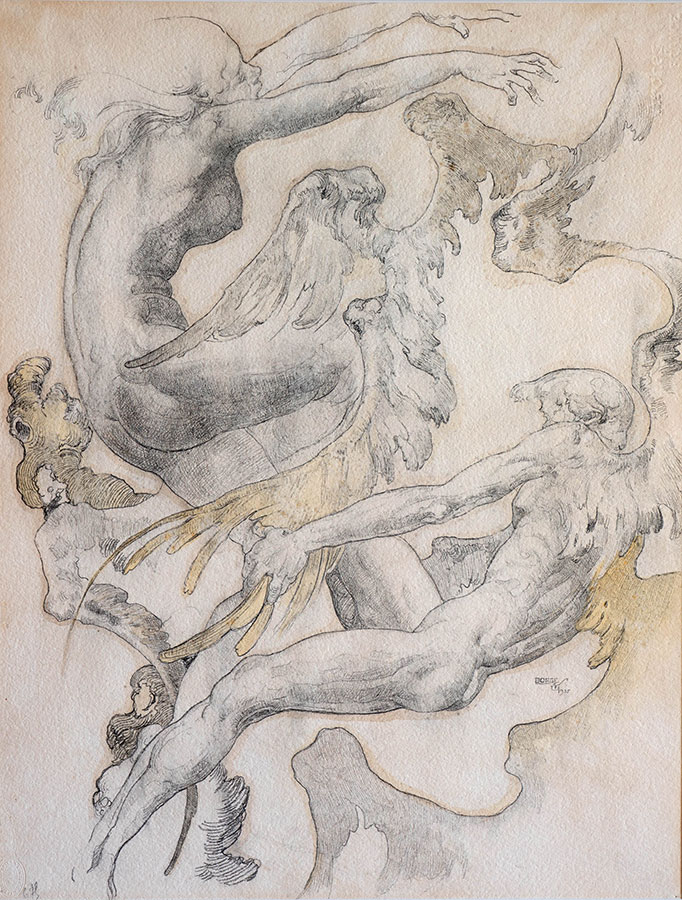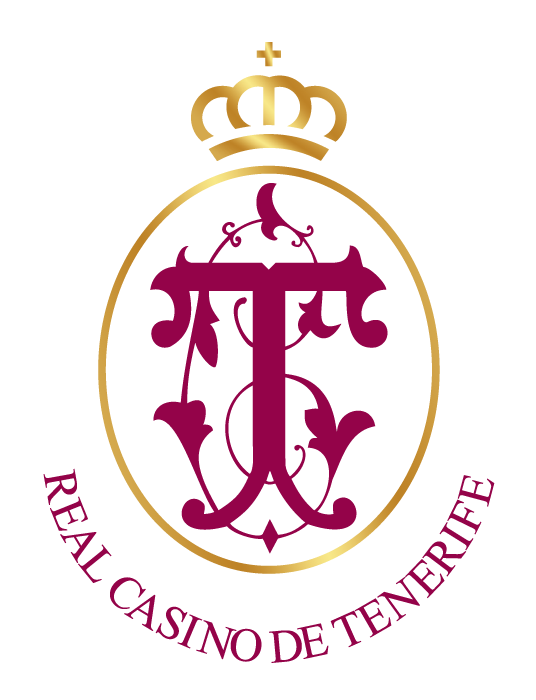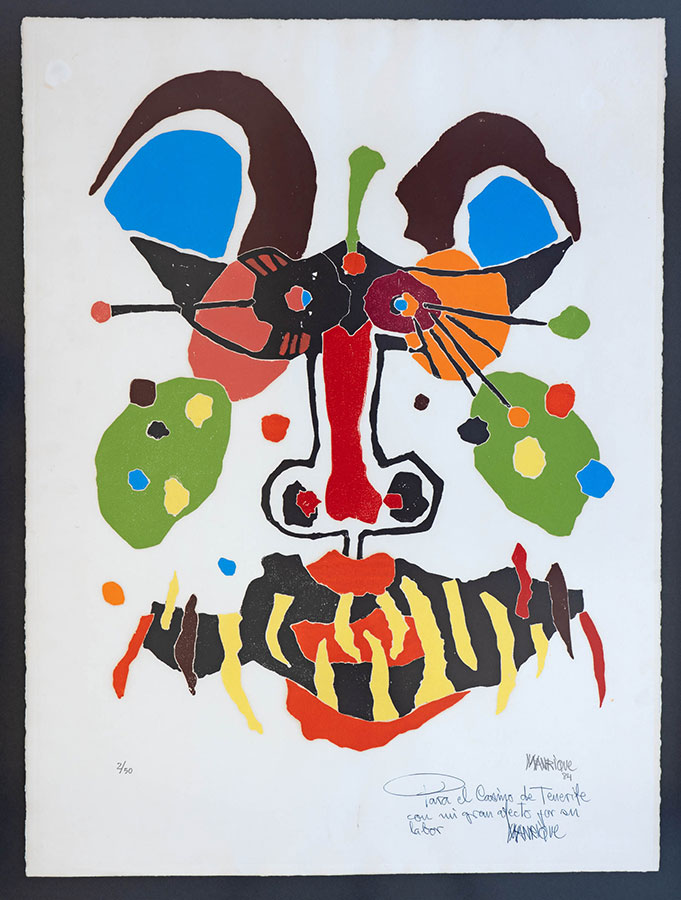
- Type of work: Drawing
- Technique: Graphite with watercolor stains
- Approximate dimensions: 50 x 65 cm
- Subject: Angelic
- Title: Fallen Angels II
- Author: Francisco Borges Salas (1901-1994)
- Chronology or Year: 1935
- Historical-artistic analysis:
Style: Drawing with allegorical theme, of religious type, in a language close to expressionist guidelines.
Description: Two figures, one female and one male, seem to fall into the void floating in space, after suffering a defeat. Again the presence of wings, a pair of them still forming part of the back of the male figure, endow the scene with a religious content related to the rebellion of the angels. The energetic line of the drawing, the dramatic accent, the agitation of the bodies based on a magnificent anatomical study, achieve a composition of great movement and expressive force.
Date of receipt: Probably around 1936, once the commission for the two sculptures for the Main Hall or party room of the Casino was completed.
Observations: All of Borges Salas’ artistic work evidences his admiration for Dürer, Rembrandt, Goya, Leonardo, Velázquez and Michelangelo. He managed to endow his drawings, whatever the subject matter, with his personal reflection on the human condition: existential anguish, indignation or suffering for the losses of his own experience. His work is thus imbued with a spirituality that is the fruit of his inner reality. The pen drawings of the Apocalipsis series are currently kept by the Cabildo Insular de Tenerife.
About the author: Francisco Borges Salas (Santa Cruz de Tenerife 1901 – 1994), began his training at the School of Arts and Crafts in his hometown where he received drawing classes from Pedro Tarquis Soria, being his first teacher in sculpture Guzman Companys in his studio in La Laguna. In 1920 he went to Madrid where he continued his apprenticeship with Victorio Macho (1887-1966), interrupted in 1921 by the need to fulfill his Military Service, participating in the war of Africa with the 64th Infantry Regiment. In 1925 he travels to Paris where he attends the workshop of Antoine Bourdelle (1861 – 1929) and comes in contact with the artistic world of the time: Dali, Picasso, Oscar Dominguez, Isadora Duncan, etc. On his return to Tenerife in 1930, he obtained the position of professor of drawing at the School of Arts and Crafts and developed a great creative work both in sculpture and painting, participating in the Venice Biennial in 1936 and making wood carvings for the Quinta Canaria in Havana, the busts of Dr. Zerolo and José Tabares Bartlet in La Laguna and the sculptural group of the Fecundidad in the García Sanabria Park in 1938. For political reasons he was dismissed from his teaching post in 1937, which led him to self-exile in Venezuela, together with his brother Miguel and their respective families, where he arrived in December 1941 and remained until 1962. There he worked for ten years at the head of the design and propaganda department of the Ministry of Health, winning in 1950 the international competition for the decoration of the Assembly Hall of the Military Academy of Caracas, with five oil paintings on the country’s heroes and military campaigns. On his return to his homeland, in 1972 he became a full member of the Royal Academy of Fine Arts of San Miguel Arcángel, holding an anthological exhibition in the Sala de la Caja Canarias in La Laguna in 1973. In 1983 the Círculo de Amistad XII de Enero organized another exhibition and in 1988 the Viceconsejería de Cultura y Deportes del Gobierno de Canarias, as part of “Maestros del siglo XX” organized another anthological exhibition, presented in the two Canary capitals and curated by Eliseo Izquierdo. In 1993 he received the Gold Medal of the Canary Islands and the appointment of Favorite Son of Santa Cruz de Tenerife; a year before an exhibition in honor of the artist was held at the Círculo de Amistad XII de Enero.
Bibliography:
Archive of the Casino de Tenerife
Valeriano WEYLER: The small history of a great casino (The one in Santa Cruz de Tenerife). Santa Cruz de Tenerife, 1964.
Agustín GUIMERÁ RAVINA, Alberto DARIAS PRÍNCIPE: El Casino de Tenerife 1840 – 1990, Santa Cruz de Tenerife, 1992.
Carlos PÉREZ REYES: Contemporary Canarian sculpture (1918 – 1978). Island Council of Gran Canaria. Las Palmas de Gran Canaria, 1984. http://www,spanishprintmakers.com/spanish/borges2.htm.26/04/2009 http://www.sociedadcentroicodense.com/html/galeria-artistas-borges.html. 04/26/2009 Leandra ESTÉVEZ: The print in the Canary Islands: 1750 – 1970. Repertoire of Authors. Publications Service of the Caja General de Ahorros de Canarias. Las Palmas de Gran Canaria, 1998.
Eliseo IZQUIERDO PÉREZ: “Borges Salas, Francisco” in Gran Enciclopedia Canaria. Ediciones Canarias. Santa Cruz de Tenerife, 1994,p.638 (T.III)




